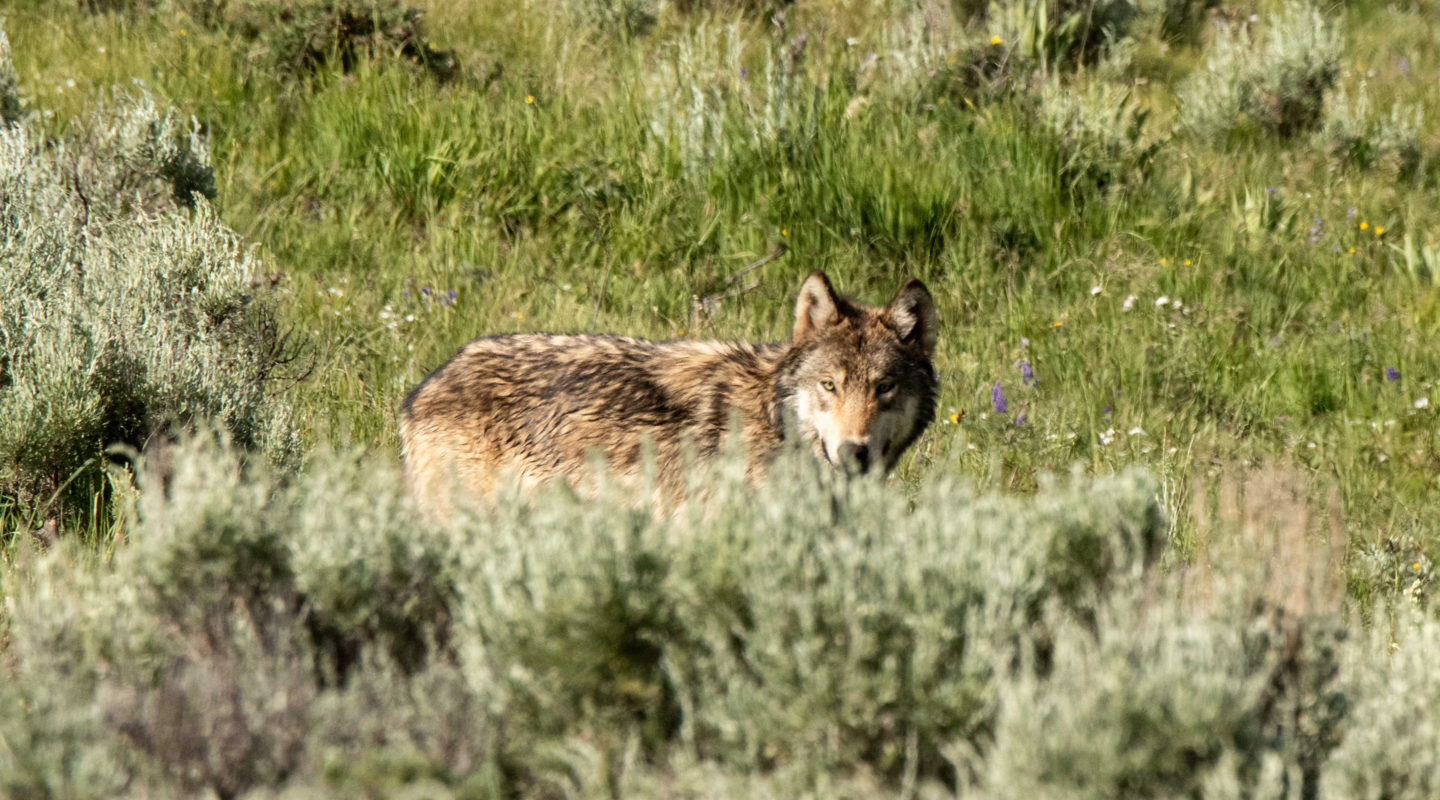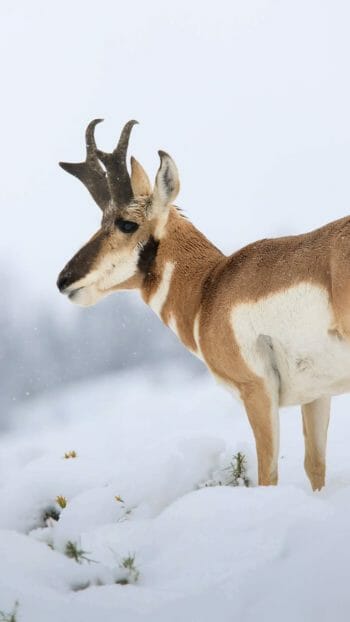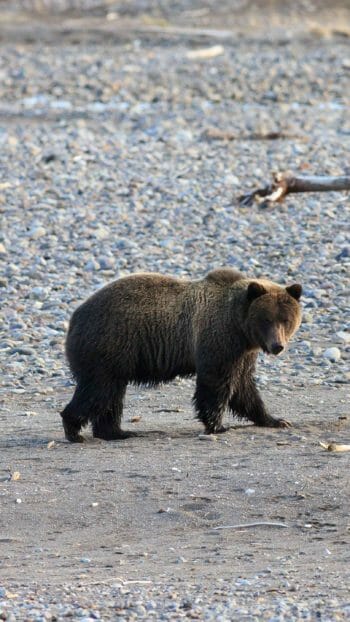Seeing a wild wolf for the first time is a moment you never forget. The deep wilderness of Yellowstone and Grand Teton National Parks offers one of the best chances in the world to witness wolves in their natural habitat. From the wide valleys of northern Yellowstone to the quiet forests near Grand Teton, these landscapes remain a stronghold for North America’s most iconic predator.
For visitors wondering where can you see wild wolves? The answer begins in the Greater Yellowstone Ecosystem, a place where wolves have once again reclaimed their historic territory.

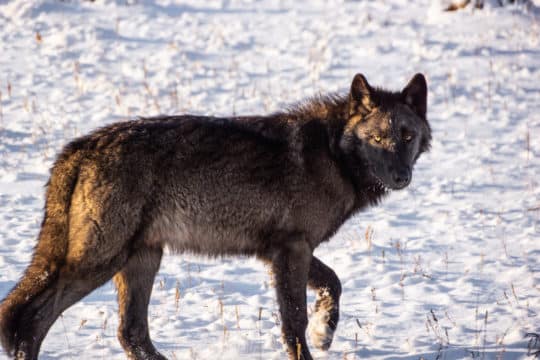
Why Wolves Matter in the Yellowstone Region
The Role of Wolves in the Ecosystem
Wolves play a crucial role in maintaining balance across Yellowstone’s ecosystems. As apex predators, they help regulate elk and bison populations, allowing vegetation and other species to thrive. Their presence supports healthier rivers, more diverse forests, and stronger prey populations. Each sighting is more than an encounter, it’s a glimpse into one of nature’s most complex success stories.
A Brief History of Wolf Reintroduction
By the early 20th century, wolves had been eradicated from Yellowstone due to hunting and predator control. After decades of absence, the park’s ecology began to change: elk overgrazed willows and aspens, and many smaller species suffered. In 1995, a groundbreaking reintroduction effort brought 14 wolves from Canada into Yellowstone. Within years, new packs formed, territories expanded, and the ecosystem began to heal.
Today, more than 100 wolves roam Yellowstone, forming distinct family groups that span the park’s northern valleys and high plateaus.
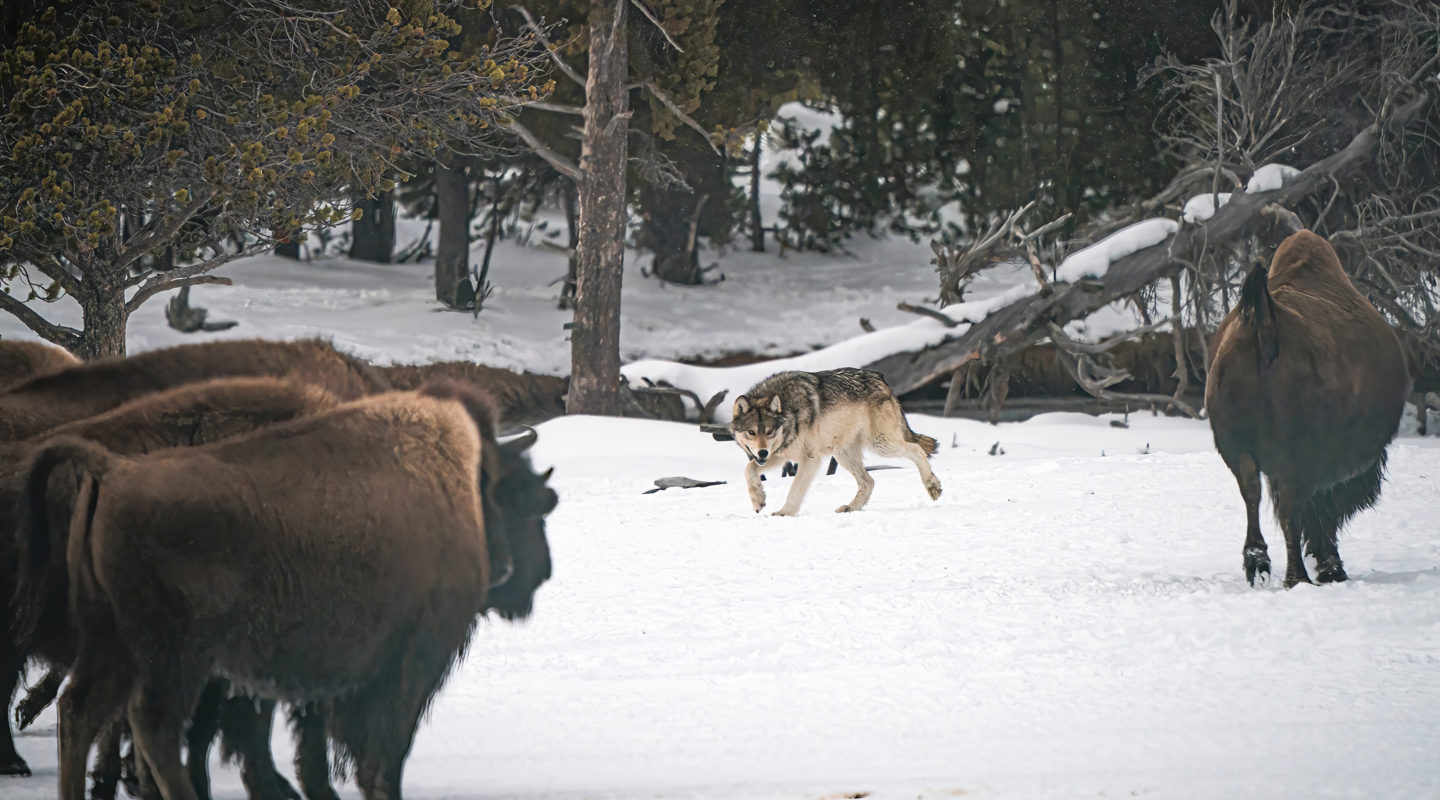
Yellowstone National Park: The Heart of Wolf Country
Key Wolf Zones
Yellowstone’s Northern Range, including Lamar Valley, Hayden Valley, and the Blacktail Plateau, is considered the best place on Earth to see wild wolves. The open valleys and abundant elk herds make this region ideal for wolf activity, particularly in the early morning and late evening hours.
- Lamar Valley: Known as the “Serengeti of North America,” this broad landscape offers unparalleled wolf viewing opportunities year-round.
- Hayden Valley: Central Yellowstone’s open meadows attract wolves, grizzlies, and large herds of bison.
- Northern Range: From Mammoth Hot Springs to Cooke City, this corridor hosts several resident wolf packs and the highest wolf densities in the park.
Wolf Pack Structure & Notable Territories
Wolf packs in Yellowstone range from 6 to 12 members, led by an alpha pair that coordinates hunts and breeding. Well-known groups, like the Junction Butte, Wapiti Lake, and Rescue Creek packs, are often observed from roadside pullouts with the help of spotting scopes. Watching them interact offers rare insight into family cooperation, communication, and survival in the wild.

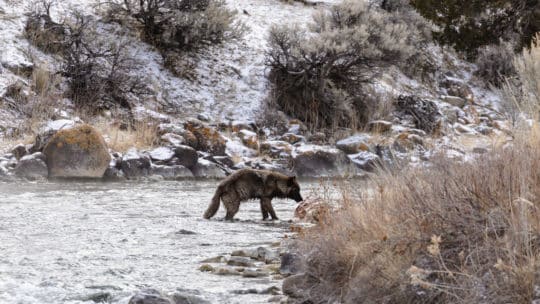
Grand Teton National Park & Surrounding Areas
While Yellowstone is the epicenter of wolf research and viewing, Grand Teton National Park also supports a growing population. Wolves move freely between the two parks, often following migrating elk and moose herds through the Snake River corridor.
Wolf sightings in Grand Teton tend to occur in quieter areas: around the Buffalo Fork drainage, Spread Creek, and Pacific Creek regions. The park’s smaller size and dense forests mean wolves are more elusive here, but their howls often echo through the valleys at dawn. Seeing or hearing a wolf in the shadow of the Tetons is a rare and unforgettable experience.
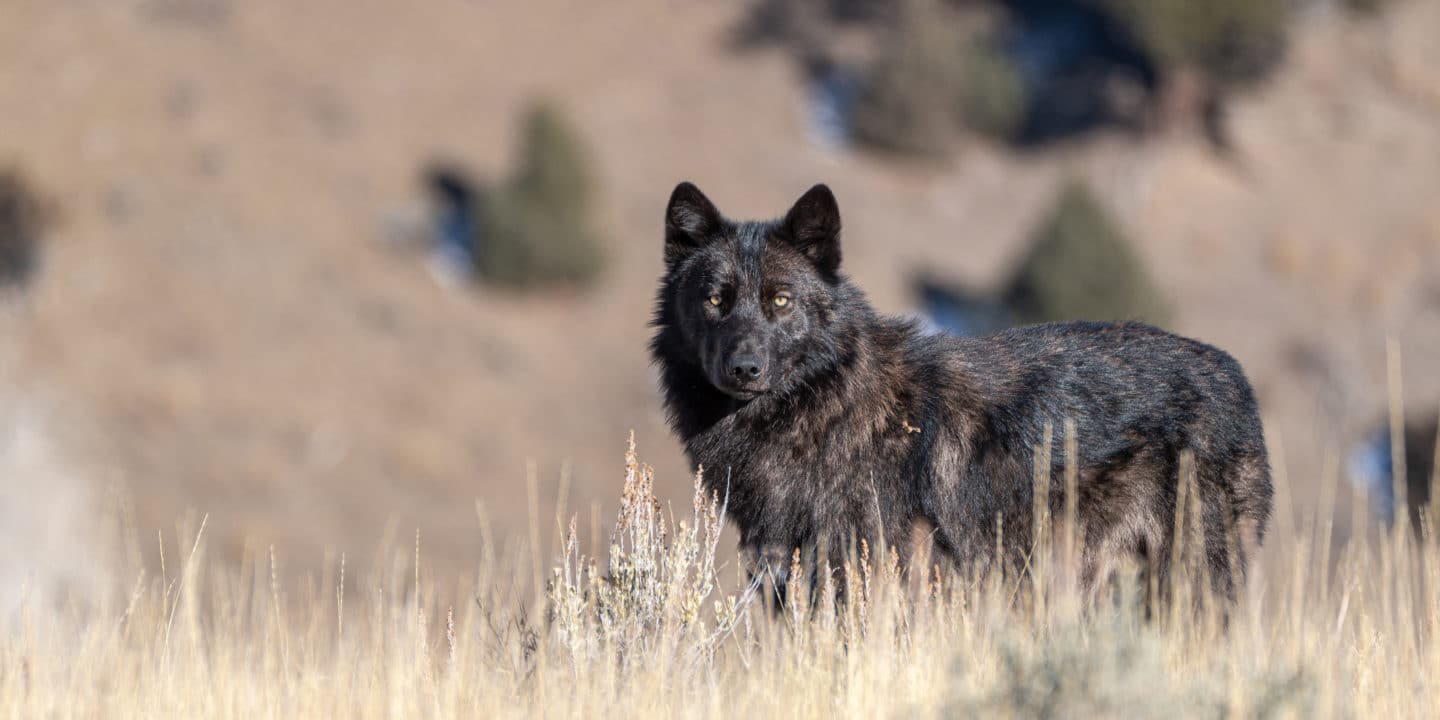
Understanding Wolf Behavior
Social Structure
Wolves live and hunt as family units. Each pack is centered around a breeding pair and their offspring from multiple years. Younger wolves help feed and protect pups, maintaining a strong social bond essential for the pack’s survival.
Common Behaviors to Watch For
Visitors lucky enough to observe wolves may witness fascinating behaviors:
- Hunting coordination – wolves working together to chase and outmaneuver elk
- Howling – communication across long distances between pack members
- Pup rearing – adults bringing food back to the den
- Scent marking – defining territory boundaries through teamwork
Seasonal Patterns
Wolves’ visibility changes with the seasons. They are most active and easiest to find in winter, when snow concentrates prey and makes wolves more visible. Spring brings new pups and territorial movement, while summer and fall feature dispersed hunting and pack restructuring.
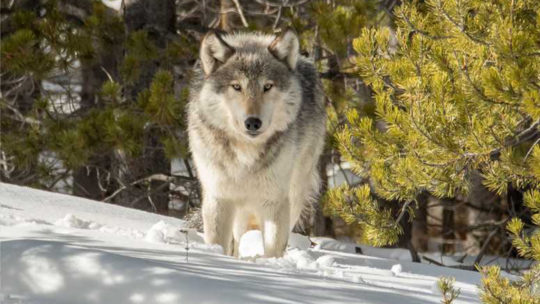
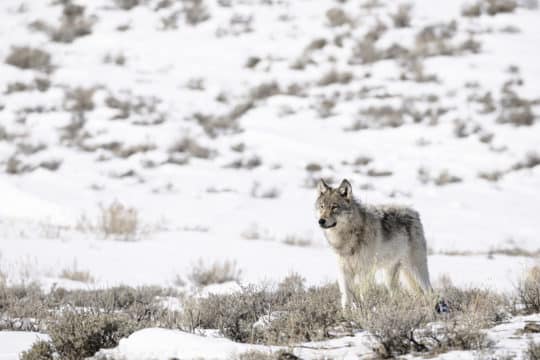
Best Time of Year to View Wolves
Wolves can be seen throughout the year in Yellowstone, but certain seasons offer far better viewing opportunities than others.
Winter is widely regarded as the best time to see wild wolves. Deep snow drives elk and bison into open valleys like Lamar and Hayden, where packs follow their movements. The contrast of dark wolves against the bright snow makes sightings more frequent, and their howls carry for miles through the cold, still air. For visitors willing to start before sunrise and brave the chill, the rewards are extraordinary. Early mornings reveal wolves on the hunt, traveling along frozen rivers, or resting together on snowy ridges.
As spring arrives, Yellowstone’s wolves shift focus to their dens and rendezvous sites. New pups emerge in May and June, and adults can often be observed bringing food to the growing litter. This is a fascinating time to learn about wolf family dynamics, as the entire pack cooperates to feed and protect the young. Activity tends to be concentrated near den areas in the Northern Range, where visibility remains good before summer vegetation thickens.
Summer brings warmer temperatures and longer days, and wolves become more elusive. Prey is abundant and scattered, so packs cover larger territories. Sightings still occur, but they often require more patience and long-range optics. Dawn and dusk remain the best times to look, especially near river corridors where wolves may travel in the cool hours of the day.
By fall, the rhythm of the park changes again. Elk and bison herds begin their seasonal migrations, and wolves respond accordingly. The crisp autumn air carries their howls across the valleys as they patrol and mark territory in preparation for winter. Although they are less concentrated than in the colder months, the open landscapes and brilliant fall colors make this a rewarding time to look for them.
Each season tells a different part of the wolf’s story. Winter brings visibility, spring offers renewal, summer challenges patience, and fall reveals the pulse of the wild. For travelers who dream of seeing wolves in their natural habitat, winter remains the most reliable and awe-inspiring season in Yellowstone National Park.
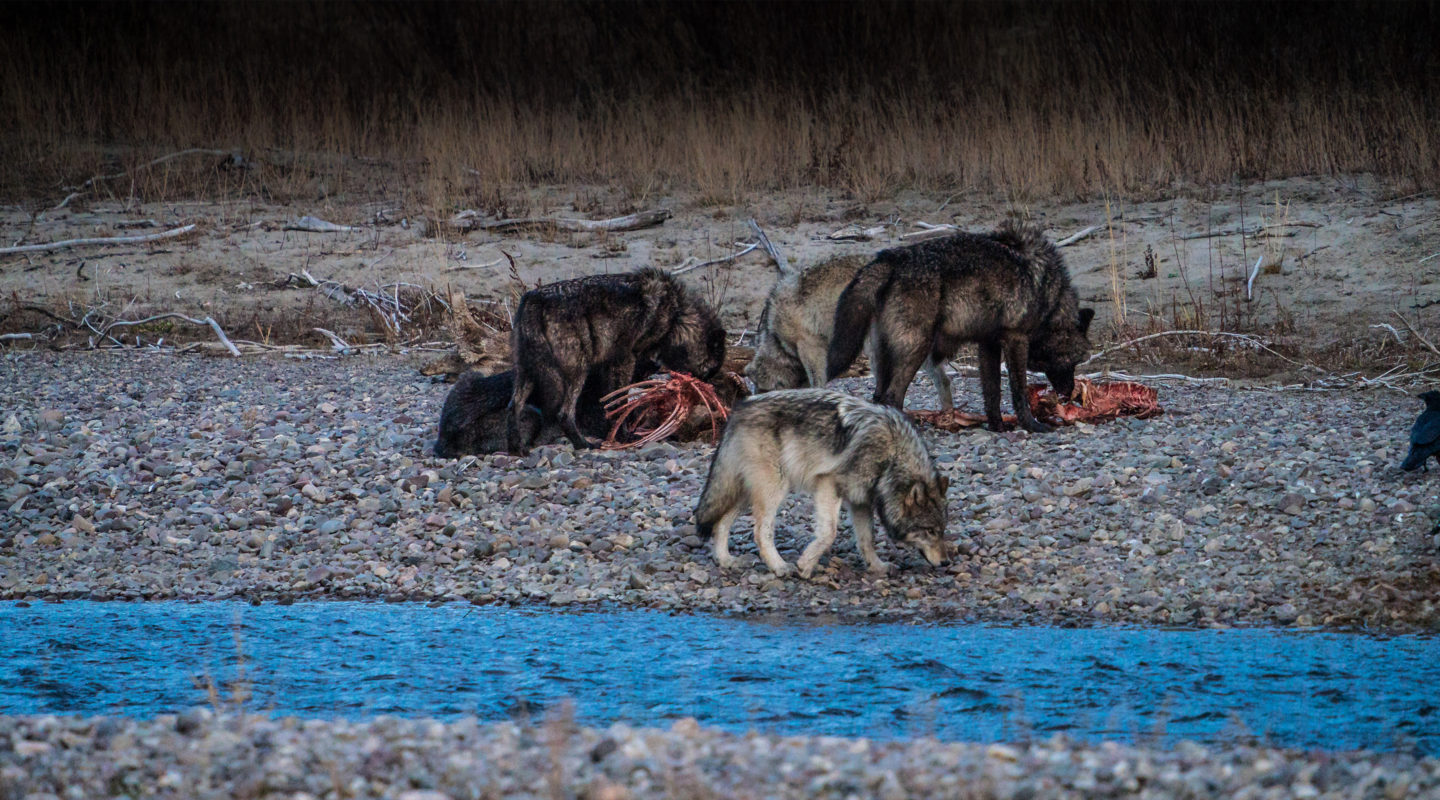
The Best Way to See Wolves: Guided Wolf-Watching Tours
Why a Guided Tour Improves Your Chances
Wolves are intelligent, wary, and move vast distances each day. Professional naturalist guides dramatically increase your odds of success. They know the territories, communicate with other spotters, and understand subtle behavioral signs. With a guide, you’ll not only see wolves but understand what you’re seeing: why they howl, how they hunt, and how they fit into Yellowstone’s intricate web of life.
High-quality optics, comfortable vehicles, and early starts are all part of the experience on our wolf-watching tours through Yellowstone and Grand Teton.
Suggested 3-Day Winter Wolf-Watching Tour Itinerary
Day 1 – Northern Range Orientation
Begin before sunrise in Lamar Valley, scanning ridgelines and river corridors for wolf movement. Learn to identify individual pack members and interpret their interactions. After lunch in Cooke City, return for evening viewing as wolves regroup near elk herds.
Day 2 – Hayden Valley & Central Plateau
Travel south toward the interior, exploring wolf territories in the Hayden Valley and along the Yellowstone River. Spot other winter wildlife like coyotes, foxes, and bald eagles. Warm beverages and professional optics keep you comfortable through the day.
Day 3 – Grand Teton Extension
Conclude in Grand Teton National Park, tracking wolf movements near the Snake River and exploring the park’s pristine winter scenery. With luck, you may hear a morning chorus echoing across the snow-covered valley, an unforgettable finale to your wolf-watching adventure.
Each tour is guided by experienced naturalists who interpret behavior, share wolf history, and ensure safe, respectful wildlife viewing.
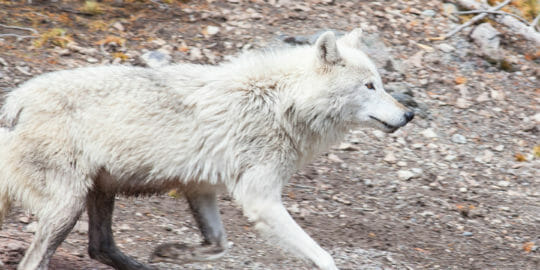
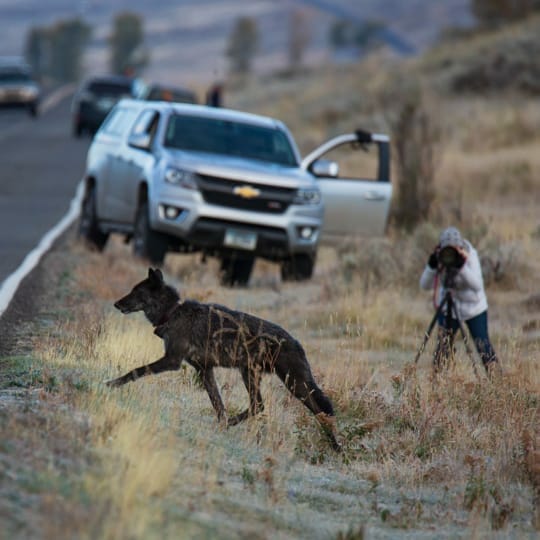
Plan Your Wolf-Watching Experience
Seeing wild wolves in Yellowstone and Grand Teton is a rare privilege, and one best experienced with professionals who know the land and its inhabitants intimately. Whether you join a winter wolf-watching expedition, a multi-day wildlife safari, or a summer safari, every outing deepens your understanding of the ecosystem that makes these parks extraordinary.
For travelers seeking nature at its most authentic, the call of the wild begins here.
FAQs
Where is the best place to see wild wolves in Yellowstone?
Lamar Valley in northern Yellowstone is the best place to see wolves in the wild. Open terrain and abundant elk make it ideal for observation, especially in winter and early morning hours.
Can you see wolves in Grand Teton National Park?
Yes, though sightings are less frequent. Wolves move between Yellowstone and Grand Teton following migrating elk herds. They’re occasionally seen or heard near the Snake River, Pacific Creek, and Buffalo Fork areas.
When is the best time of year to see wolves?
Winter (December through March) offers the best wolf viewing. Deep snow concentrates prey, wolves are more visible, and their tracks are easier to follow. Spring is also rewarding for observing pups and family behavior.
Why take a guided wolf-watching tour?
Guided tours provide expert knowledge, optics, and safe viewing practices. Naturalist guides know current wolf locations, understand behavior, and interpret ecology, increasing both your viewing success and your understanding of the species.
How long should I plan for a wolf-watching trip?
A minimum of two to three days is recommended. Wolves range across vast territories, and multi-day tours allow time to explore multiple packs and adapt to changing conditions for the best sightings.

